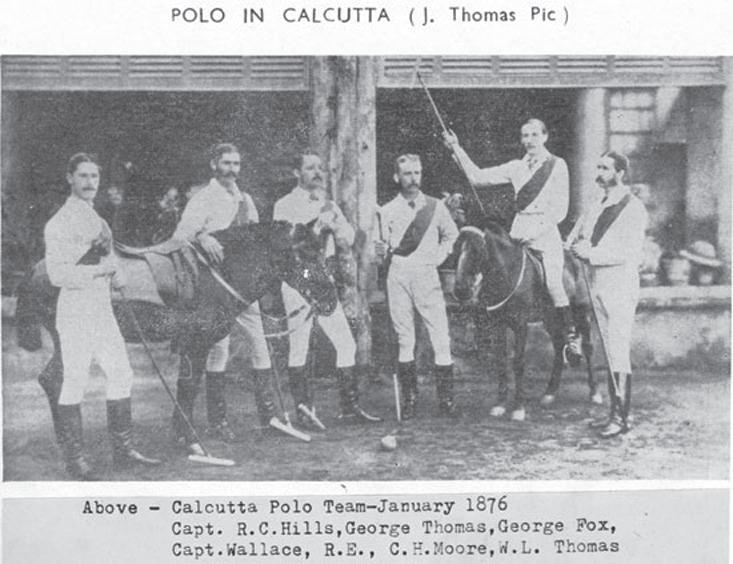
8 minute read
PEOPLE PARTIES PLACES PEOPLE PARTIES PLACES
from 2009-10 Sydney (1)
by Indian Link
Do you have a photo for this page? Email it to info@indianlink.com.au
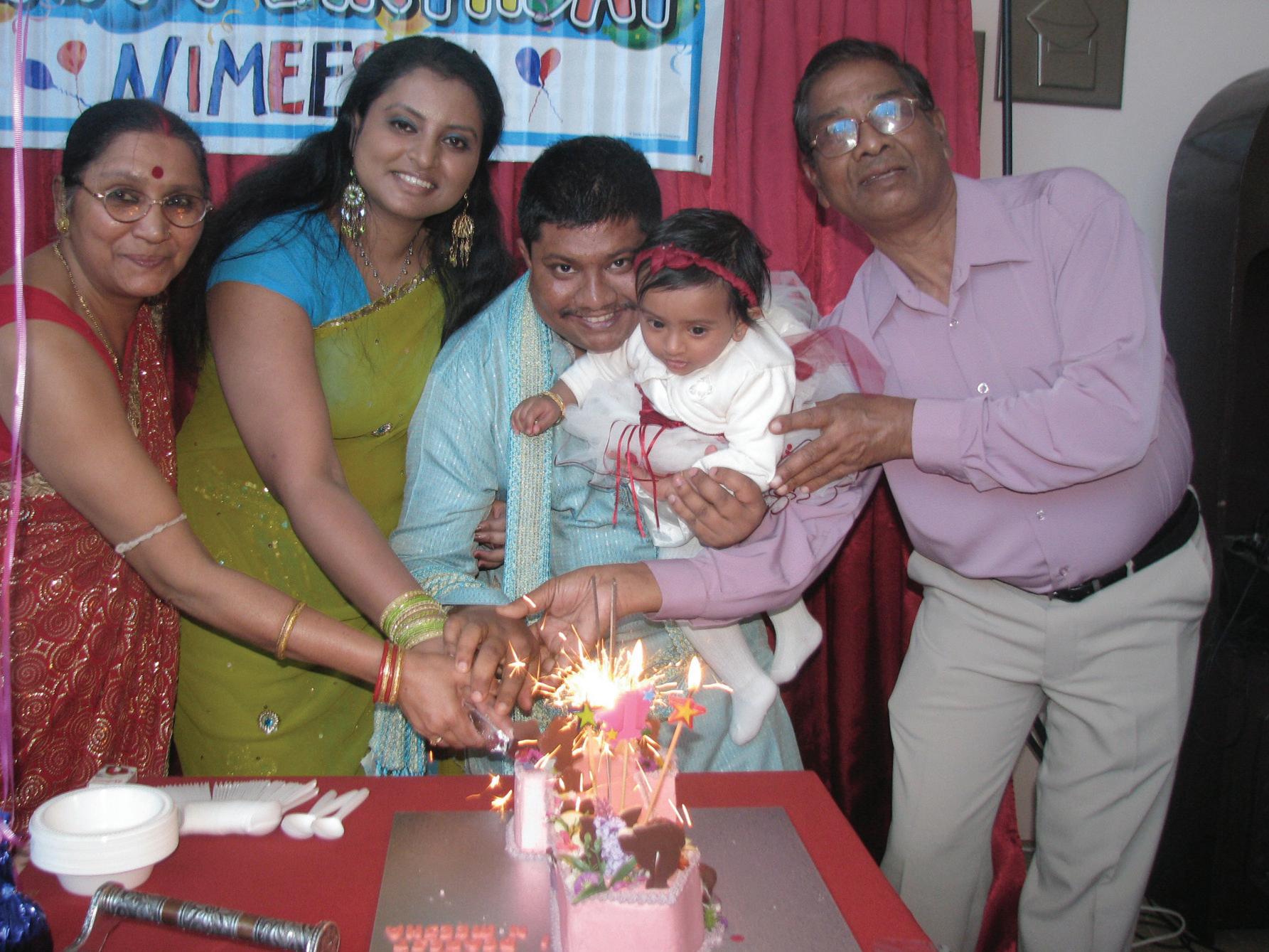
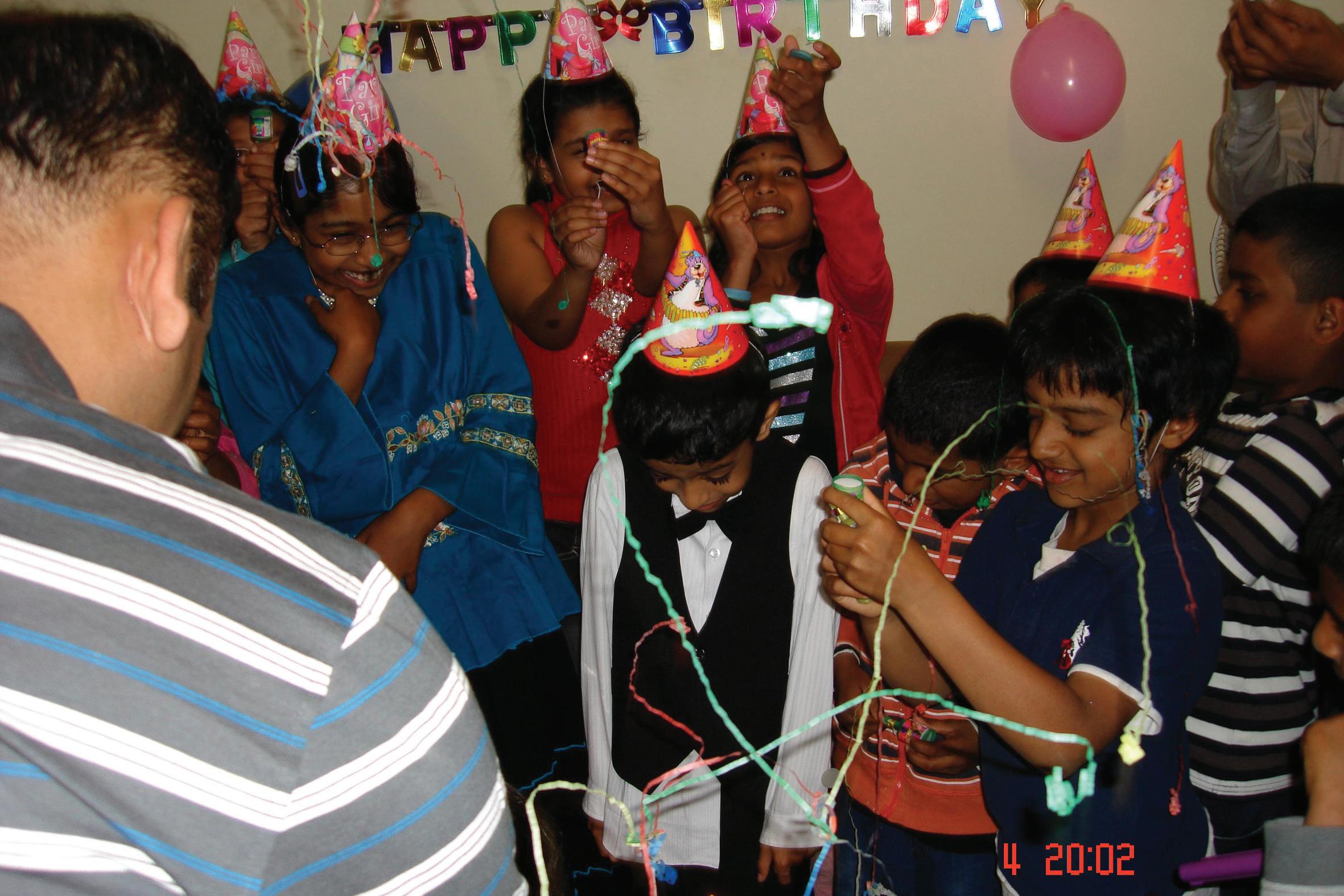
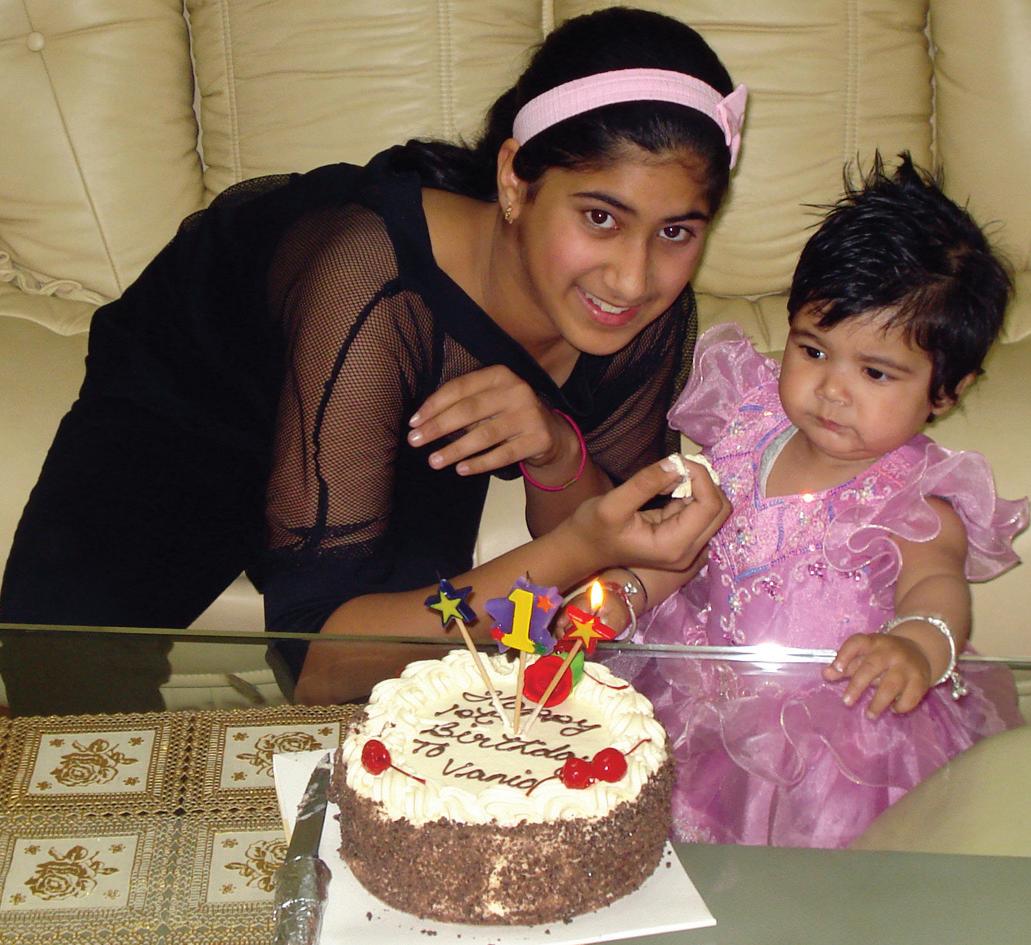
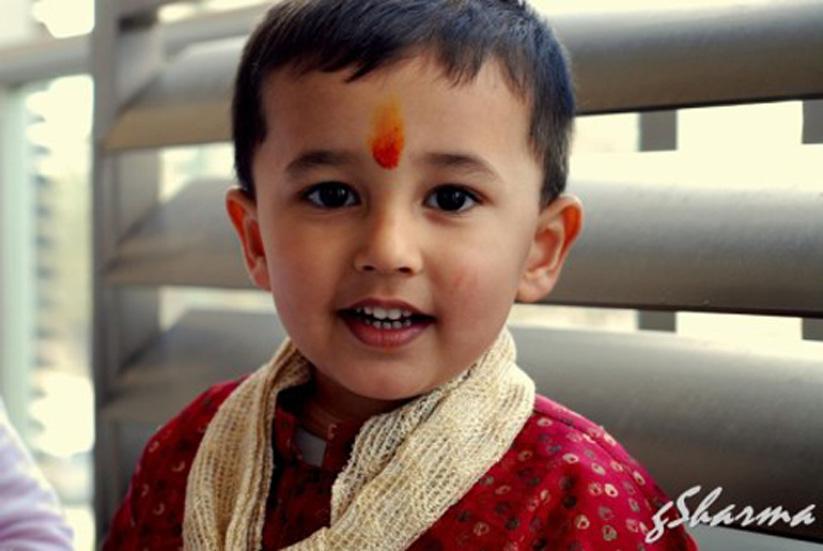
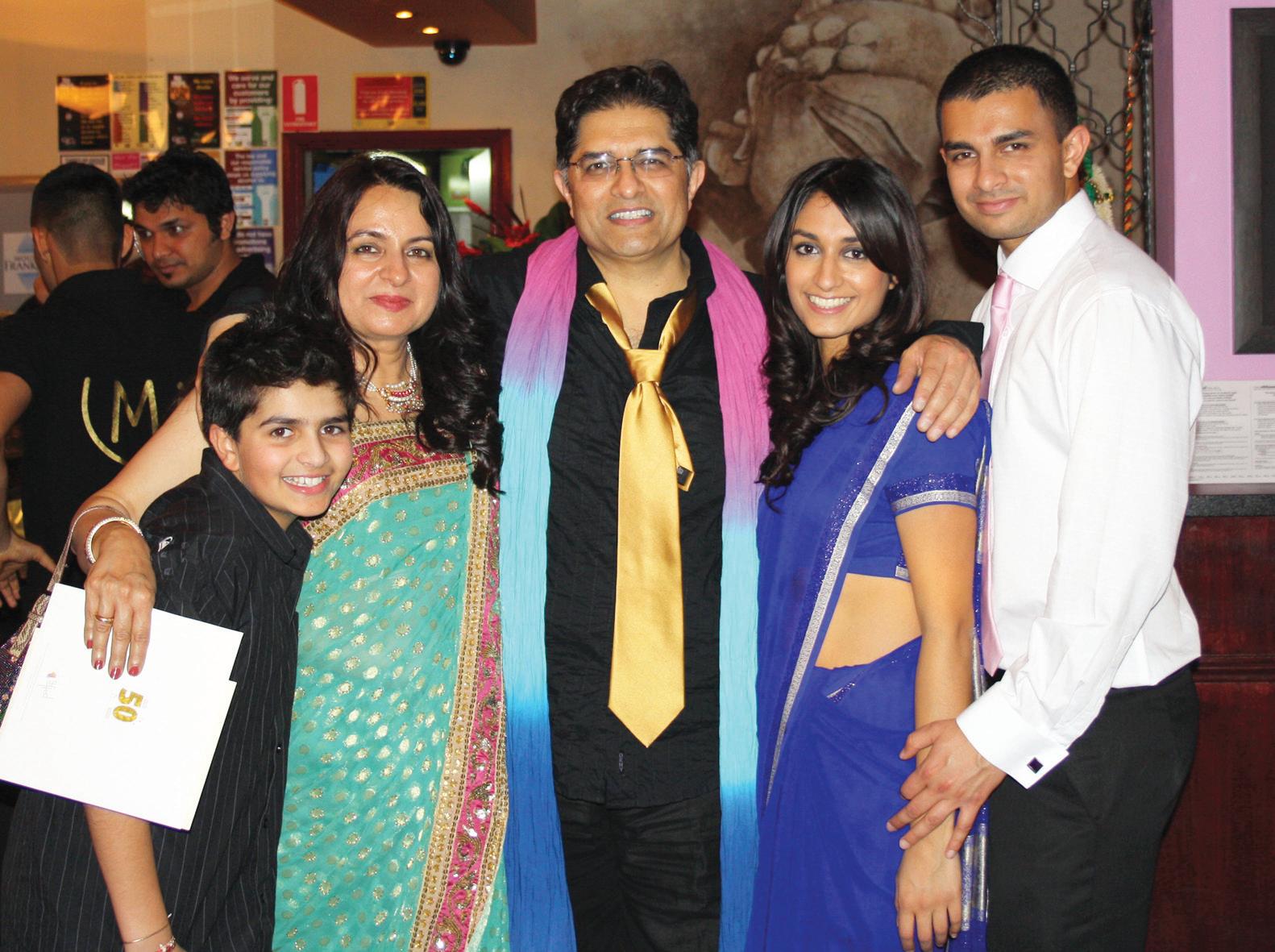
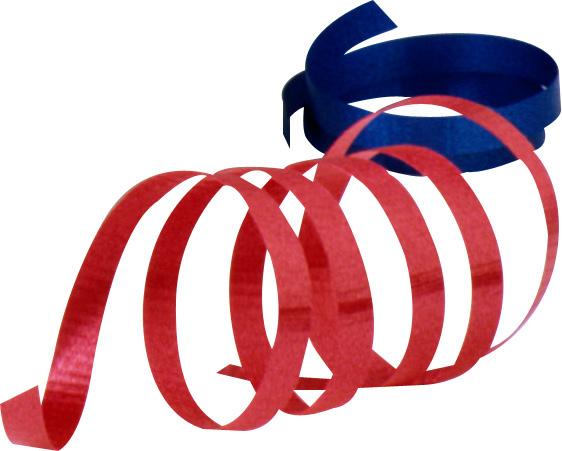

Blue’s going to be big
Akshay Kumar says when Blue director

Anthony D’Souza approached him for the underwater thriller, the first thing he asked was, “Are you sure you can make the movie?” Touted to be India’s first underwater film, which is said to match international standards of filmmaking, Blue promises to bring with it some never-seen-before visuals and stunts.
“The first thing I did was to look straight into his eyes and ask him - ‘Do you actually think you are capable enough of making a film of this scale, genre and setting? You may say that you want to shoot the film in space or on the moon, but saying something and doing it are two different things. So how will you actually shoot the film?” confided Akshay. As things turned out, D’Souza had done his homework well in advance and took the sceptical actor through some of his work which included certain advertisements he had directed, as well as some groundwork on Blue
“Honestly, it all led me to at least start listening. I got really interested in how he intended to execute Blue,” said Akshay.
“After all, there were going to be extreme stunts in it and that too under water. Then Tony (D’Souza) also showed me the work of the DOP (director of photography)
Pete Zuccarini, who shot Pirates of the Caribbean.” Akshay spoke to Zuccarini, which finally convinced him that D’Souza had the talent to pull off the movie. Once on board, Akshay wasn’t too worried about the fact that a film like Blue had never been
Aish-Abhi steal the show
Bollywood’s first couple made quite an impact on the Oprah Winfrey show recently, talking about their family traditions and generally glorifying their Indian lifestyle and culture. Aishwarya Rai, looking stunning and svelte in a sari and the tall, dark and handsome Abhishek Bachchan graced the sets of Oprah’s show, exuding confidence, flair and a sense of humour.
Aishwarya told Oprah that there was a family tradition of eating one meal at home with all the members of the family, if they are present within Mumbai. She elaborated that it enhanced their closeness and kept them in touch with each other’s lives. It was time spent with family in the true sense of the word.
However, when Oprah turned the spotlight on Indian way of marriages, and especially that of Aishwarya and Abhishek in Mumbai, they seemed somewhat embarrassed. Footage of fans being lathicharged outside Bachchans’ bungalow for trying to get a glimpse of the star-studded attempted before on the Indian screen.
“I am sure that it would be legendary in its own way. Let’s see how the box office treats it, but while doing the film we went all out for Blue,” confided the actor.
“With the backdrop of a treasure hunt to it, it involves real sharks. I had to go through some training, take diving lessons and earn a certificate for myself,” he added proudly. But that’s not all. Akshay had to get back to reading after years - but this time underwater. “Can you beat that? I had to read books under the water. Tony made me do so much for this film, and it has a
Aishwarya And Abhishek
minimum of special effects. In fact, not a single shot has been taken against a green screen,” said Akshay.
“My cameraman, Peter Zuccarini, who is famous for underwater swimming, also helped me a lot. I thought it would be easy because I know how to swim, but this man taught me how to ‘belong’ underwater. That’s the kind of encouragement I was looking for,” admitted Akshay with enthusiasm. Also starring in Blue are Sanjay Dutt, Lara Dutta and Zayed Khan along with Katrina Kaif and Kylie Minogue. Let’s hope Blue’s run at the box office doesn’t run into the red.
atmosphere light with one-liners and witty remarks. So kudos to the couple, for showcasing the true traditional side of India, albeit with a bit of Bollywood glam!
Sambo Kat
Her fans have often referred to her as ‘Kat’, but now actress Katrina Kaif has a new nickname - Sambo - courtesy her Ajab Prem Ki Ghazab Kahani co-star Ranbir Kapoor.
Odd couple are adorable
He’s 43 and she’s 29, but the difference in their ages doesn’t seem to matter. That’s why Salman Khan and Kareena Kapoor make an “adorable” couple on screen in the soon to be released movie, Main Aurr Mrs. Khanna.
wedding drew instant regrets from the couple. Talk also veered towards Aishwarya Rai and Abhishek Bachchan still living with his parents. But they fielded this one well, stressing the importance of Indian traditions and revealed that when their grandparents were alive, they too lived together with the rest of the family in the same home.
Aishwarya has been on the Oprah Winfrey show once before, but it was a first for Abhishek, who did well, keeping the


“Ranbir coined the name on the sets of the movie when both were required to shoot for an action sequence,” said a source. For the scene, Katrina and Ranbir were required to climb a ladder placed at a height of 200 feet. Ranbir had to save Katrina from goons and then escape on a jet ski. While everyone was doubtful about Katrina doing the stunt, she shocked everyone with her confidence.
“Everyone on sets was quite sceptical about Katrina. But she amazed everyone as she comfortably climbed the ladder leaving Ranbir lagging behind. Ever since that day Katrina has always been addressed as Rambo’s sister, Sambo by Ranbir,” said the source. Well, cats are good climbers too…
“The age difference between Salman and Kareena was never a consideration. They make an absolutely adorable couple and complement each other on screen,” said debutant director Prem Soni. “They look good together in the film as there are no loud or awkward moments between them. The film has romantic instances here and there, but it has a very subtle treatment. There are cute scenes in the film and both of them have carried these really well,” he added.
Newcomer Soni considers Salman his “godfather” and says the superstar was on board the project as soon as he heard the script, and even asked his brother to produce the film. “I had written the script and then fixed an appointment with Salman. His reaction after the narration was overwhelming. All he said was, ‘I’m doing it!’ That’s how the project began,” the director said.
“Salman is indeed my godfather in the industry, as he is the one who has given me a break,” he added.
For Soni, it was a cakewalk to get




INDRANIL HALDER

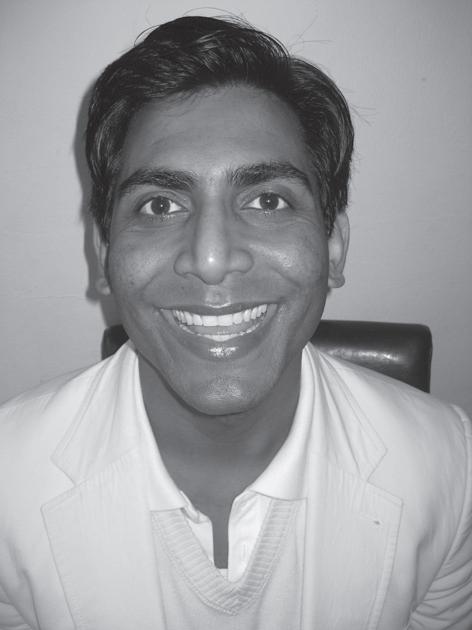
Ashort while ago I finished reading an article in the Financial Times on casual jobs undertaken by global entrepreneurs. It was fascinating to read and learn that Lakshmi Mittal’s first Saturday job was at his father’s steel mill in Calcutta, while studying for his degree. Moving on to the next read, I found myself looking at a glossy advertisement of the Paspaley Polo in Calcutta. I have attended some of the polo matches at Centennial Park in Sydney and I still remember sitting in the biggest marquee in the park, watching player and horse together balance the excitement of the game of polo. Chukka after chukka was played with Moet & Chandon champagne freely flowing and contemporary Australian cuisine served, while a parade of Jaipur maharajas socialised in the Blue Hotel of Woolloomooloo marquee, and the scene reminded me of the first full length polo game that I ever saw. Today in Australia, the polo social scene includes people from all walks of life, be it a farmer from the Aussie outback, a city worker from the

Sydney business district or Aussie girls who work in the stables, or even just a polo lover like me, from the healthcare industry.
My first experience of the game of polo was not in England, Argentina or Australia. It was in Calcutta, in Bengal, India. The game was played at the Calcutta Polo Club on the Pat Williamson Ground, with the majestic Victoria Memorial in the background. It has been long time since I watched that game of polo. I went to see the match after the colourful Durga Puja celebrations, an enthusiastic spectator in my teens. I fell in love with the game; the strength of the horses and the players who rode them, the skill of the game simply enthralled me.
My parents, who used to travel to extensively because of my father’s job, would tell me stories of locals playing fabulous polo in Manipur and Assam, but watching a game of polo in the Calcutta Polo Club truly made me a polo enthusiast. I understood that polo is actually a team sport and although the sport involves players on horseback, the aim of the game is to score goals against each other just like cricket or football.
Today we have many forms of bike polo, beach polo and snow polo. A polo team has only three players. Just like cricket or hockey, polo involves the use of a small inflatable leather ball and field polo matches consist of between four and eight 7-minute chukkas. I have also watched elephant polo in Thailand, as players use extra long sticks to hit the ball from the back of this majestic animal. My love for polo has led me to become a member of the NSW Polo Association since my university days in the late 1990s.
I have travelled around Australia to watch polo matches being played in NSW, at the Richmond polo ground or Bong Bong Polo Club in Bowral, even at Werribee Park in Victoria. Today, great awareness is being created among people from all walks of life with a simple message: if you love polo, you are welcome to watch it or participate, just like any other game.
In India, the birthplace of the game of polo was in the state of Manipur, bordering Burma. In the 1850s, English tea planters discovered polo by chance, as it was played by locals, and fell in love with the game. In Manipur, the game of polo is known as ‘pulu’ which is a Tibetan word meaning ‘ball’. Polo is also known as ‘Sagol Kangjel’. Commoners who own a pony and love polo can play the game, which is still widely played in the state today. Historically, polo was first played in Persia in the 6th century BC or perhaps even earlier than that. The oldest polo ground in the world is at Imphal Polo Ground in Manipur. There is even a local ritual related to the Marjing, a winged-pony god of polo. The local Lai Haraoba festival in Manipur enacts the life of Khori-Phaba, the polo-playing god of sports. In 1834, the first polo club was established in the town of Silchar in the state of Assam, which is best known for its rhinoceros, tea and crude oil.
In 1862, the first of its kind, the Calcutta Polo Club was established by two British soldiers, Captain Roberts Stewart and Major General Hoe Shearer. It soon became a favourite sport of the colonial English society of India, and later gained popularity in England too. The sport then spread across the globe.
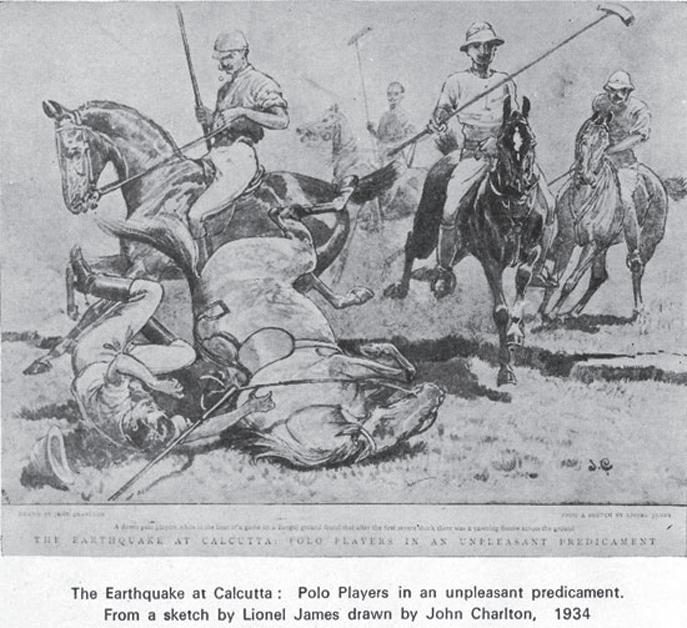
The club has a rich history of holding the oldest polo trophy The Ezra Cup, since 1880. Since 1862, several outstanding players have graced the Calcutta Polo Club. Today its facilities include riding and polo coaching clinics, professional playing services and online events. My dearest wish is that one day the Australian Polo team will play with the Calcutta Polo team, both in Calcutta and Sydney. I would like to thank the Calcutta Polo Club for introducing me to such a thrilling game. In these times when the popularity of the game is increasing day by day across the globe, be it in Argentina or Moscow, the upcoming 150 years celebration of the Calcutta Polo Club in 2012 is a milestone in itself. I am sure this auspicious birthday will highlight the sport’s growing importance and appeal worldwide. Visit www.calcuttapolo.com for more information.
